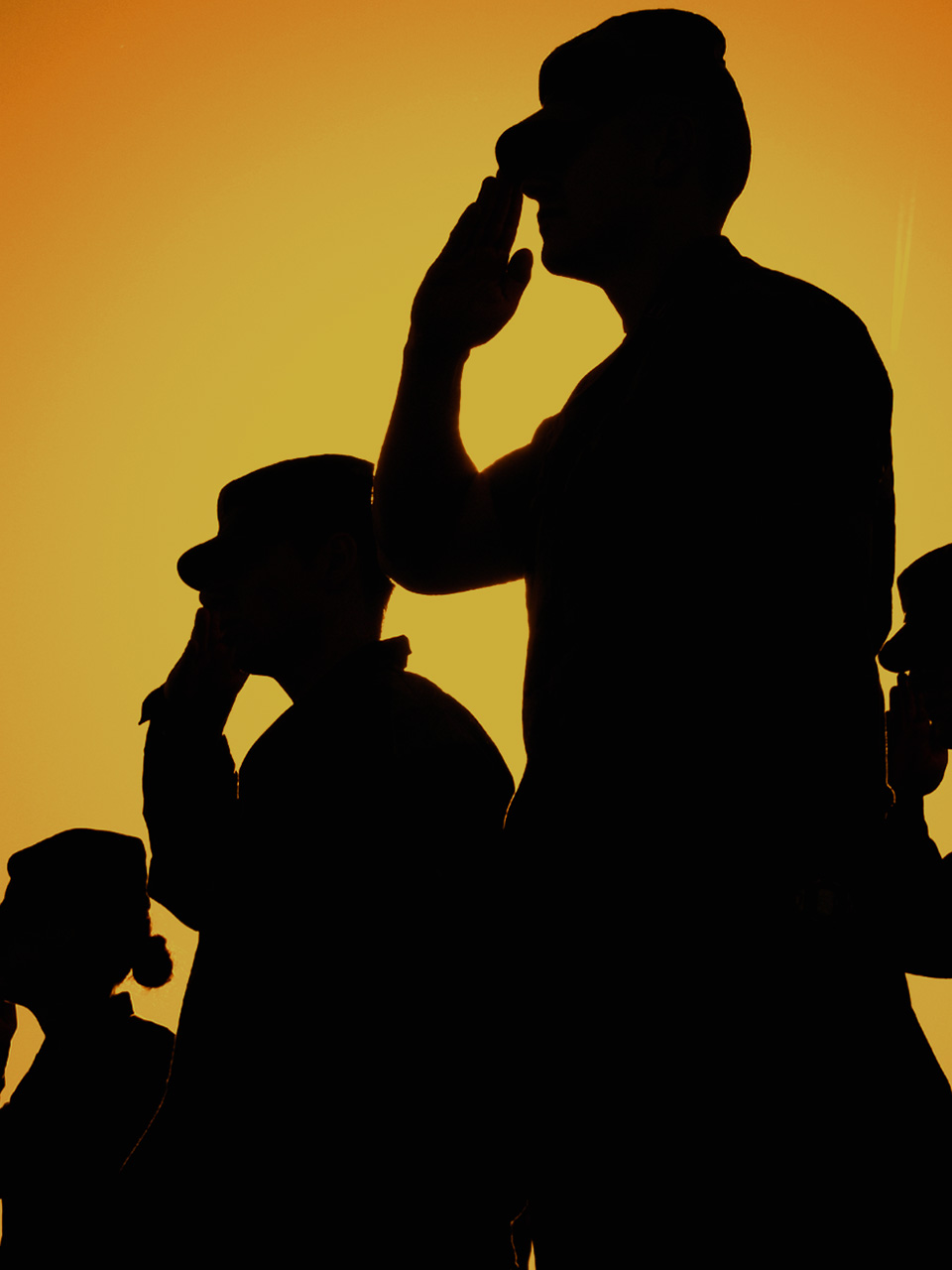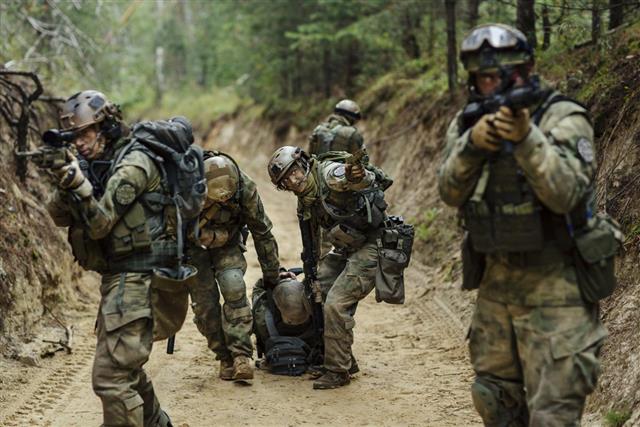
Tap to Read ➤
Army Ranger Training
Scholasticus K


The Army Rangers are trained at the Ranger School, Fort Benning, Georgia. Their training is formulated in such a manner that the trainee soldiers are exposed to a simulated combat zone round the clock.

The 75th Ranger Regiment, Airborne, is a United States Army regiment and one of the best infantry units in the world. The Rangers specialize in highly skilled infantry warfare and thus, are included in the US Army Special Operations Command (Airborne).

The unit is an elite airborne infantry that specializes in direct action raids. There are a total of 4 battalions; the first battalion is the 'Special Troops Battalion', whereas the other three are rapidly deploy-able units.

The Rangers regiment, as we see it today, has come a long way since the Revolutionary wars. In course of this, the regiment has undergone some significant structural and field formation changes. Its performance has been formidable in all the wars that the United States has fought. No wonder it remains the best light infantry force in the armed forces even today.

Recruitment
All cadets start with the standard boot camp. They go through the intense 'Basic Training' and 'Advanced Individual Training', following which they are granted the Military Occupational Specialty (MOS). At this stage, some cadets are enlisted for the 3-week course at the Army Airborne School.

The Airborne School then deputes suitable cadets to the Ranger Indoctrination Program (RIP). The selection is principally done by the Ranger Liaison Authority. This is a four-week program and it principally inducts the recruited Cadets in the 75th Rangers.

Some common qualifying tests that are fielded in the final days of the RIP include Army Physical Fitness Test (APFT), 5-mile run, Combat Water Survival Test (CWST), and the Road march test.

After this, the cadets are welcomed in the Ranger Regiment and re-deputed into either of the 4 battalions. It must be noted that the RIP has become Ranger Assessment and Selection Process (RASP) since 2010, and has been doubled from 4 weeks to 8 weeks.

The brutality of this scrutiny is so high and concentrated that about 20 to 40 percent recruits quit halfway through the program and furthermore, there are several others who don't qualify in the first place.
The aforementioned RASP is the Phase I. After joining the battalion, after a period of about 6 months, the soldier is deputed to the Pre-Ranger Course, the Phase II. Upon completion, the victor is sent to the Ranger School. The fate of non-qualifiers differs from case to case and the decision of the command varies; soldiers may be offered a second chance or in some cases, they are discharged to be deployed into the regular US Army.
Training Scenario
The Army Ranger training consists of 61 days of the most intense, brutal, and merciless combat leadership program devised for an infantry. As a Ranger commandant once put, "... it's worse than thought, it's insane and it's mad ..."
The standing task is to stop 'the Aragon Liberation Front', a stipulated drug and terror combat situation. The entire exercise and training takes place around Fort Benning, mountains of Georgia, and swamps of Florida.
The physical training is intense where soldiers conduct all imaginable combat exercises & undergo live training with the help of several cargo planes and choppers, including the C-130 Hercules, UH-60 Black Hawk & CH-47 Chinook. The aim is to put the soldier through intense psychological stress & then get him to perform as a leader in near-combat situations.
Throughout the training, soldiers have to endure the following.
- 20 hours daily exercise
- 2 or less meals a day, with a 2,200 calorie intake
- 3 - 3.5 hours sleep
- Carrying a combat gear of 65 - 90 pounds
- Undergoing 200 miles of combat, ambush, re-con, and patrol exercise in 61 days
Training Program
The Ranger School exercise and training is divided into 3 phases.
- Benning Phase: The Benning Phase is conducted at Camp Rogers and Camp Darby of Fort Benning. This phase is known as the crawl phase and is conducted by the 4th Ranger Training Battalion.
The objective of the mission is to learn squad level warcraft, battlefield formations, movements, and other techniques, which involve swiftly moving from place to place in a remarkably short time. This training takes place on an intense obstacle course and soldiers are trained to maneuver terrains that we can only imagine.
- Mountain Phase: The going gets tougher and skills get sharper after the first level. In the second level, the 5th Ranger Training Battalion at Camp Frank D. Merrill trains the soldiers mountain warfare.
This phase is physically exhausting and medics often comment that the human biological limits get surpassed in this phase. Soldiers take part in guerrilla combat exercise, air assaults, airborne drops into the mountain terrain, and terrain survival exercise.
- Florida Phase: This phase is conducted on the field in combat situations in the swamps of Florida. Here soldiers are taught survival techniques followed by marine and swamp warfare. This exercise is said to be the most demanding exercise of the entire Ranger School course.
The students who have passed the Ranger School are then given a break and are given PX (Post Exchange) privileges, which most importantly include food and sleep.
The graduation ceremony is held at Camp Rogers, Fort Benning Ranger School. It's here that the prestigious black-and-gold Ranger Tab is pinned on the soldier's left shoulder making him a Ranger.